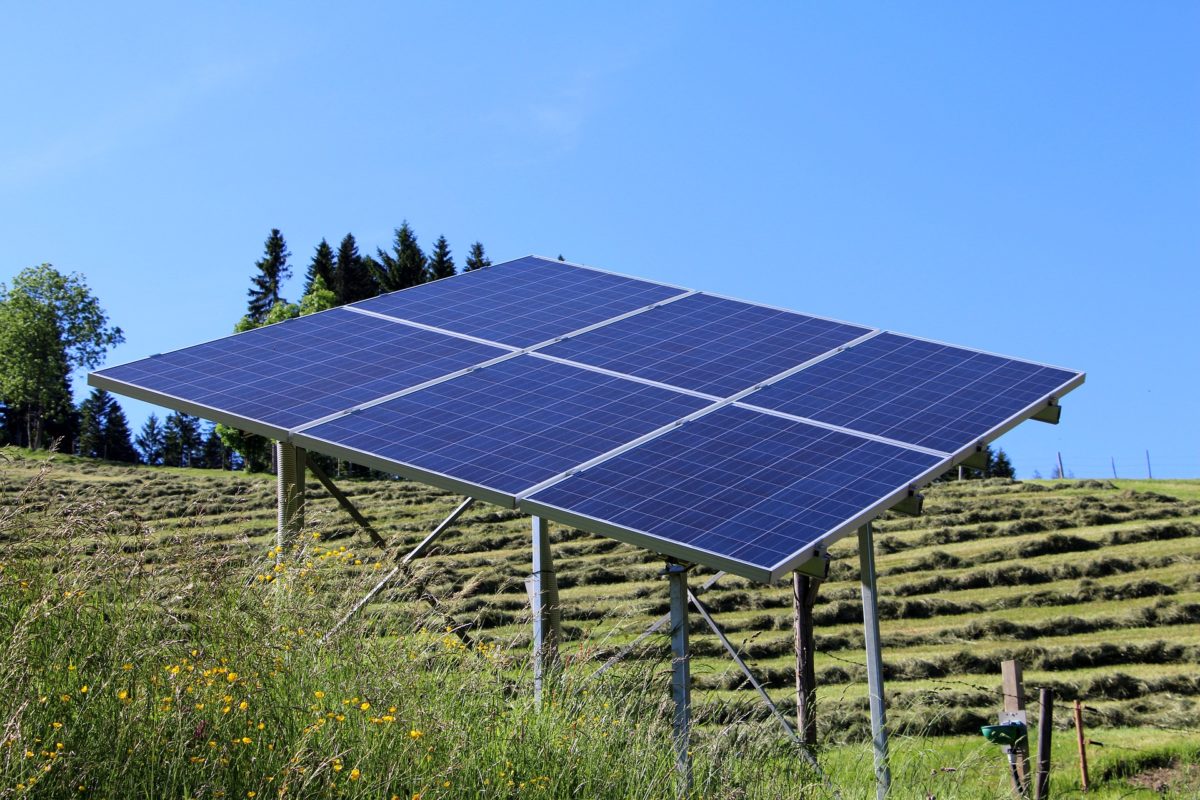Like them or hate them, mobile phones seem here to stay.
Of course, people’s comfort level with these mechanical goodies depends on a lot of factors.
To some, their devices have become a permanent attachment, always handy to look up info, socialize with others, and even order products and services – including transportation or food.
To others, they may be a useful tool, but something that’s easy to put down or pick up as needed. Of course, these people may still hop on their laptops and desktops.
Phones have evolved over the years and added more features to make them even more useful, everything from higher-quality cameras to the ability to record and edit videos, turning everyone into a movie producer.
Phone service has also grown – not that long ago there were dead spots where certain networks didn’t have a presence or even areas where the signal couldn’t be blocked.
Competing carriers used this for their advantage, saying “we can cover the places ____ can’t.” But over time, most of these networks have been built out except for some rural areas, and interference has decreased in urban areas. The 5G support really helped with that.
As these initial flaws are corrected, the only limitations seem to be how to keep them charged.
“The biggest way to drain a phone is by use,” says a representative from AUKEY, an award-winning tech company known for its accessories. “You’ve probably noticed that on days you forget your phone, the charge lasts longer than the days when you’re constantly on it, streaming content, playing games, or texting.”
But current phone batteries do have limits that decrease over time and usage. This means users should be conscious of how much they’re using them and have a charger ready. There are many options for car chargers or home chargers, which patch right into their respective power sources such as home electricity or the car’s battery.
More and more locations also offer to charge stations for phones or laptops, such as libraries and airports. They know that the public potentially will be spending time there and will benefit from a fully charged device. (And often have the time to sit for a few hours.)
But what about circumstances where you don’t have easy access to a power source? Maybe you can’t get to your car or home in time. Maybe you forgot to charge it before you left to run errands but won’t be in your care for long enough to charge well.
Maybe you’re hiking, kayaking, or doing some form of outdoor recreation where no power is easily accessible. Maybe there’s a disaster or even a basic power outage that isn’t damaging but still knocks out electronic services. What do you do?
Luckily for you, there are many more choices available now.
Technology companies have come up with a variety of off-grid options to allow you to charge your device.
“We heard from people who were concerned about their phones running out of power, often at times when they needed them the most like emergency situations, so we came up with better options,” said a representative from AUKEY, which offers a variety of charging solutions, including some chargers that plug into a traditional wall outlet as well as some batteries that can be used if there’s no direct charge to be found.
Depending on the options, the off-grid chargers may take a little longer than they would if they were plugged into a traditional wall socket.
But in some situations, they also might be the only option you have and it’s better than nothing. Or some battery charges allow multiple people to plug in, so the whole family or social group can get their charged at once.
In other cases, battery materials and other components have been designed especially for faster charging, so you can get back in business faster, and then keep the battery handy for next time (but maybe charge it just in case.)
Some other interesting options for chargers include:
- Solar power. A mat of special solar cells can be laid out in the sun, and each one absorbs small amounts of electricity. Electronic devices can be plugged in to be charged. These mats compress well and could be a good addition to backpacks or travel bags. You may not necessarily get a reliable signal deep in the backcountry but can still have a phone or computer handy.
- Dynamic power. You may be familiar with flashlights that you crank to power on. A few turns can give you a light for a few minutes and turns for several minutes can give you longer light power. These are handy for occasions like camping where you don’t have to worry about batteries. Now, similar technology is used for phone chargers where your cranking power can help build a charge.
- Pedal power. The principle is the same as the hand-crank chargers, but you can use kinetic power from pedaling a bike to power your charger that powers your phone. This is a win-win-win for many people, especially those who are already recreating in the outdoors and want to bring their phones along.
Enjoy looking for off-the-grid options that might appeal to you and your lifestyle.








